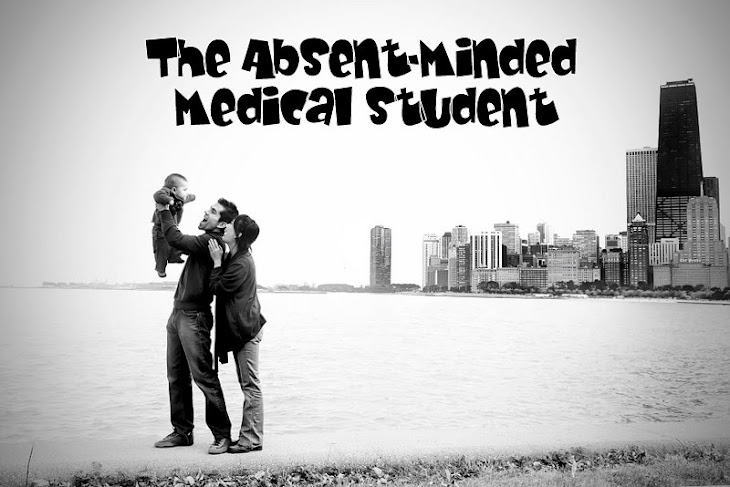I am back in the US. This is more for my records. I had to write this as an evaluation of the course. It is probably boring to read, but this is my best place for recording information like this.
Depending on the rotation, I arrive at the clinic or hospital between 8 and 9 am. Until noon or 2 pm I worked with an attending physician. There were days where it was outpatient and days inpatient. On outpatient days, I would often conduct the entire physical exam and report my findings. The attending would sometimes confirm my findings and sometimes just take my word. I only took limited histories from the patients. At times I would assist with the patient records. On inpatient days, I would participate in rounds. I would play the same role as Bolivian medical students. I would usually just participate in discussions and answer questions that the attending asked. I would receive topics to research and present the following day. Only rarely did I receive patients to do history and physicals on who were inpatients.
All physicians ended their day from about 12-2pm and went home for lunch. I would always do the same. I then had 2 hours of Spanish class in the evenings, which would sometimes focus purely on medical spanish, practicing doing histories in Spanish, etc.
The main hospital, Hospital del Nino, was about a 30 minute walk away from my homestay. There were optional other clinics and hospitals which were further. I spent one week at an adolescent clinic service which was a 1 hour combined walking and public transportation commute.
The dress code was very casual. I usually wore khakis and a short-sleeved collared shirt with my white coat as did most other foreign medical students. Bolivian medical students were casual with jeans and sweatshirts with white coats. Attendings were more formal with shirt and ties, slacks.
The attendings were quite attentive. They were always quite busy but all of mine would take the time to answer questions whenever I had them and were very kind. Most would try to find teaching points, give out handouts, and were overall excellent teachers.
The biggest challenge for me was the language. This was the reason I went but my participation was limited by my lack of language ability. My language skills did improve over the month, but I never was able to the point that I could understand all of what was said by the patients or inpatient medical teams.
My first 2 weeks I worked with Dr. Velasco in the depat of pediatriac infectious disease at Hospital del Nino. It was a combination of inpatient and outpatient. The majority of patients were pneumonias, RSV, and other diseases simlar to the US. I did see some disease less common in the US including leishmania, pulmonary and mengineal TB, and ITP.
The 3rd week I worked at the adolescent services clinic. It was mainly a prenatal care for poor, single females aged 16-25. It was primary care on the ground. She spent a lot of time working on prevention of future pregnancies, STD, etc.
The last week I returned to Hospital del Nino working in the pulmonology unit. The attending was a leader in South America for taking care of kids with down syndrome. On our outpatient days, we mainly did normal well child and sick visits for kids with down syndrome rather than a pulmonology clinic. The inpatients were nearly all various types of pneumonias.
I believe this experience will help me in 2 main areas. The first is with my Spanish. I think it has made a huge difference in getting me to a level that I will begin to be able to improve my Spanish by talking and working with patients during my residence and afterwards rather than just no understanding anything and making no improvement. Knowing Spanish may be quite important in my future career goals, as I wish to work with the underserved. My residence is in San Diego, where Spanish is very important and in the future, Spanish will continue to be important to work with underserved Spanish-speaking populations in the US.
The other main area was being able to experience a health care system with limited resources. I can have numerous examples where the care differed than that in the US because of constraints on resources. Some of them were unfortunate, such as the lack of care for most kids with cancer due to the lack of insurance for cancers. Others were good examples of using less expensive but effective drugs, diagnostic techniques, and other choices that would be good examples to physicians in the US.
Tuesday, May 10, 2011
Subscribe to:
Post Comments (Atom)

1 comment:
How long is your elective? Nice blog by the way
Post a Comment